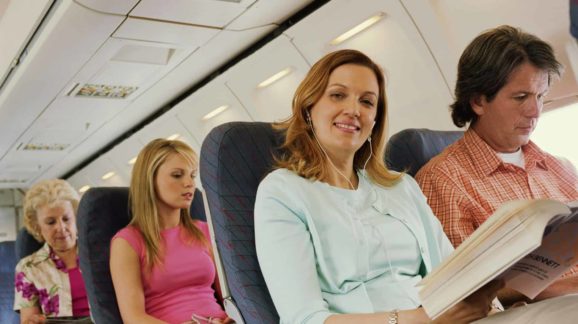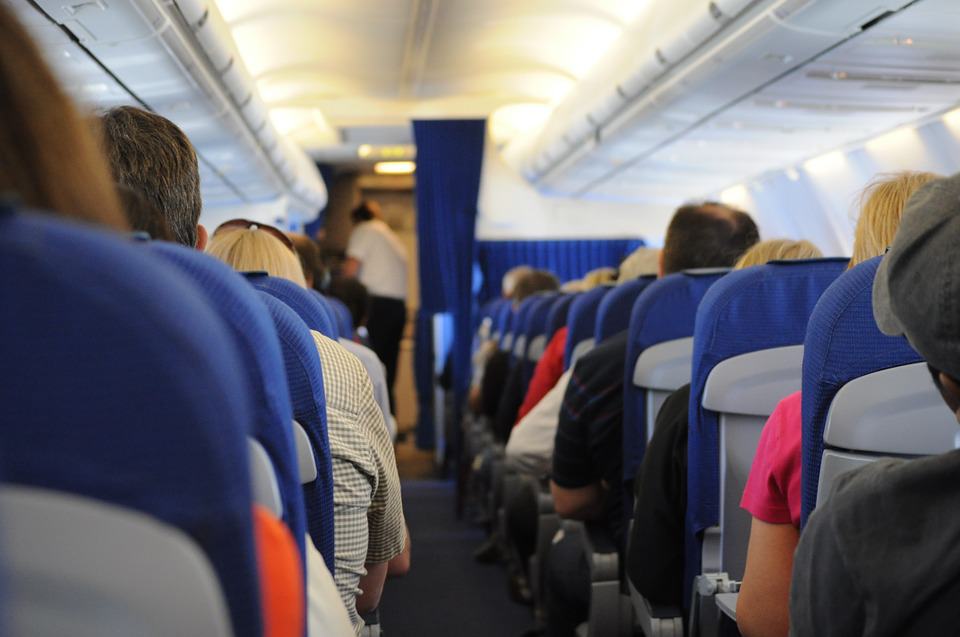Long Wait for Worker Freedom Finally Ends for Airline, Rail Employees

 It is a banner day for employee choice. For the first time, airline and railroad workers have a direct path to remove an unwanted union. On July 26, 2019, the National Mediation Board (NMB), the agency that governs labor-management relations in the railroad and airline industry, published a final rule that removes unnecessary hurdles for employees who no longer desire union representation by establishing a straightforward process for the decertification of a union. The rule becomes effective on August 26, 2019.
It is a banner day for employee choice. For the first time, airline and railroad workers have a direct path to remove an unwanted union. On July 26, 2019, the National Mediation Board (NMB), the agency that governs labor-management relations in the railroad and airline industry, published a final rule that removes unnecessary hurdles for employees who no longer desire union representation by establishing a straightforward process for the decertification of a union. The rule becomes effective on August 26, 2019.
Since the Railway Labor Act (RLA) was enacted in 1926, employees were forced to engage in a circuitous process that stifled worker freedom when attempting to decertify a union representative. As former NMB Chairman Liz Dougherty put it, the informal union decertification process was “the biggest obstacle to employee expression of choice under the RLA.”
As I discussed in the Competitive Enterprise Institute’s comments on the proposed rule, the previous decertification procedures stifled employees’ free expression. Here is a summary of the procedures to remove a union under the previous rules:
To initiate the decertification process, the union-represented employees must choose an individual in the class or craft who is willing to be identified as the “straw man,” whose name will appear on the representation election ballot.
Next, the employees seeking to decertify a union must collect signed authorization cards from more than 50 percent of the class or craft’s employees that state their desire to remove that union. This is extremely difficult, because under the RLA, unions represent employees in large, company-wide class or craft at various locations, not just at a particular worksite. Employees seeking to decertify a union face communication hurdles and may lack resources to contact their fellow employees who work at other company locations.
After the employees collect signed authorization cards from more than 50 percent of unit members, the employees may file an application for an “Investigation of Representational Dispute” with the NMB. Then, the NMB will hold an election with the following options: 1) the current union, 2) the straw man, 3) a write-in candidate, 4) no union. To decertify the current union representative, the majority vote must be for “no union” or the “straw man.” If the straw man is elected, the individual employee would then renounce representative status.
Now, under the final rule, “employees may now submit authorization cards stating the intention to no longer be represented by their union. If cards are submitted representing the intent of at least 50% of the employee group to decertify, the Board will authorize an election with the current representative and ‘no union,’ along with a write-in option.”
The final rule is a significant improvement. Employees will no longer have to recruit a colleague to stand in as a straw-man. When attempting to decertify a union, under the old rules, to initiate a decertification election employees would have to simultaneously convince a majority of employees to sign authorization cards for the straw man—while having to explain that this individual is not going to represent them—and that employees should vote for “no union” in the election instead of the “straw man.” This could lead to a split in the vote, with some employees who wish to remove a union will reason they should vote for the “straw man” because that is the ballot option for which they signed the authorization card. However, other employees who also want to decertify will vote for “no union.” This splits the vote because votes for the “straw man” and “no union” are not combined. Now, only “no union” will appear on the ballot.
In addition, the requirement to recruit a straw man put workers at risk of harassment. The requirement that employees publicly identify themselves as the straw man provides unions with a ready target for their hostility against decertification. And unions do harass the straw man. As I discussed in CEI’s comments:
In a pending complaint against the NetJets Association of Shared Aircraft Pilots, the union and its operatives are accused of sending hundreds of vulgar and threatening letters to the homes of employees who supported a recent union decertification election. In one instance, one recipient of these letters “called a fire department and explosives experts in response to receiving a box full of plain white envelopes with no return address.”
The NMB’s final rule is a commonsense policy that should have been promulgated decades ago. It is unimaginable that Congress crafted the RLA with the intent that once past employees select union representation, the option to remove said union would be nearly impossible. As case law and legislative history show, Congress did not intend to create a Hotel California scenario where workers can only form a union but never leave it.
The NMB’s final rule helps protect employees’ freedom of association of and ensures that workers are able express their free choice to remove a union representative that has lost majority support.